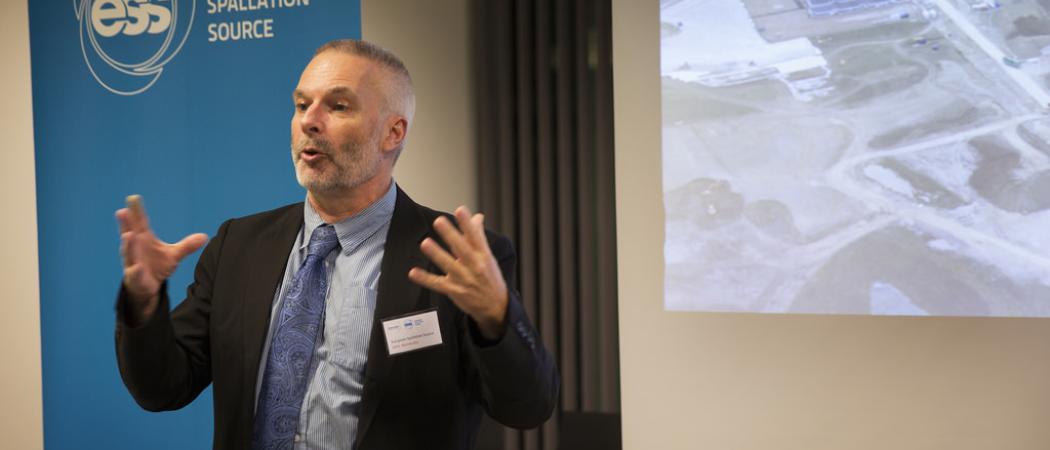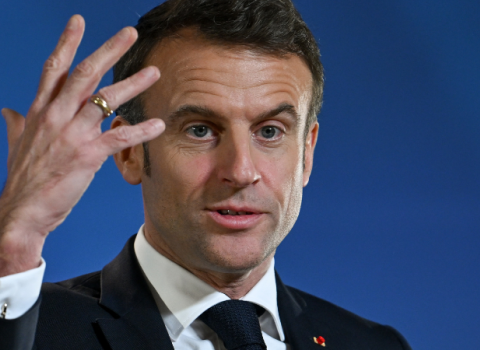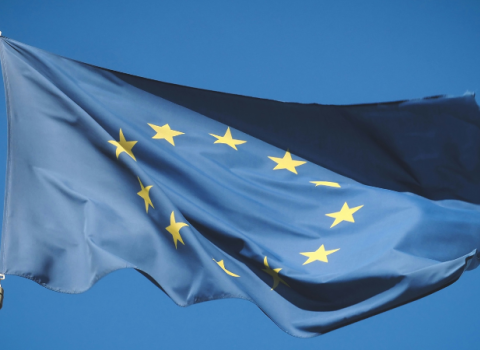With the cost of building the European Spallation Source going at least €150M over budget, the facility will have to wait longer to reach full power

ESS director John Womersley says facility will not lose any capabilities
Ballooning costs mean deadlines are slipping on the enormous European Spallation Source (ESS) project under construction in Lund, Sweden, with higher than expected prices for concrete, steel, personnel and earthquake insurance pushing the neutron facility at least €150 million over budget and forcing the management to revise its schedule for delivering the project at full power.
It is now likely the facility will work off two megawatt beam power when it begins scientific experiments in 2023, while the project’s main decision-making arm, ESS Council, evaluates ways to boost the power to the promised five megawatts by 2025, and paying for all the high-precision equipment the ESS needs.
“We’re not talking about taking any capability away,” ESS director John Womersley told Science|Business on Wednesday. “Five megawatt power will still be delivered – it’s now about how quickly we can get there.”
ESS will produce a very bright neutron beam light source for studying the fine structure of materials. The neutrons bounce off atoms inside a material, in a process called spallation, giving an incredibly detailed picture of the internal structure – down to the scale of five-billionths of a metre.
“It will still be the most powerful facility of its kind in the world even if we start off at two megawatts,” Womersley said.
The US currently has the brightest source of neutrons in the world at the Oak Ridge National Laboratory in Tennessee. When completed, ESS is expected to be five times as powerful.
The €1.84 billion construction bill for the facility is being split among 17 partners, with almost half being footed by Sweden and Denmark. The UK will cover 10 per cent and Spain 5 per cent. The EU is chipping in €20 million from its Horizon 2020 research programme.
Womersley is leery about going back to member states to ask for more money, although this may be necessary. “We are also fully aware that there are fairly limited science budgets in member states,” he said. “But in the normal process of maturing a big science project, it is almost inevitable that estimates come out higher.”
The ESS Council is due to deliver its assessment on how the project should proceed in December. “We will also be asking the science community what their priority is,” said Womersley. “The sense I’m getting is that they will favour a slower ramp-up of power.”





 A unique international forum for public research organisations and companies to connect their external engagement with strategic interests around their R&D system.
A unique international forum for public research organisations and companies to connect their external engagement with strategic interests around their R&D system.